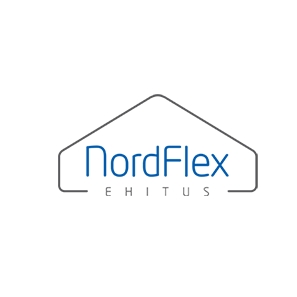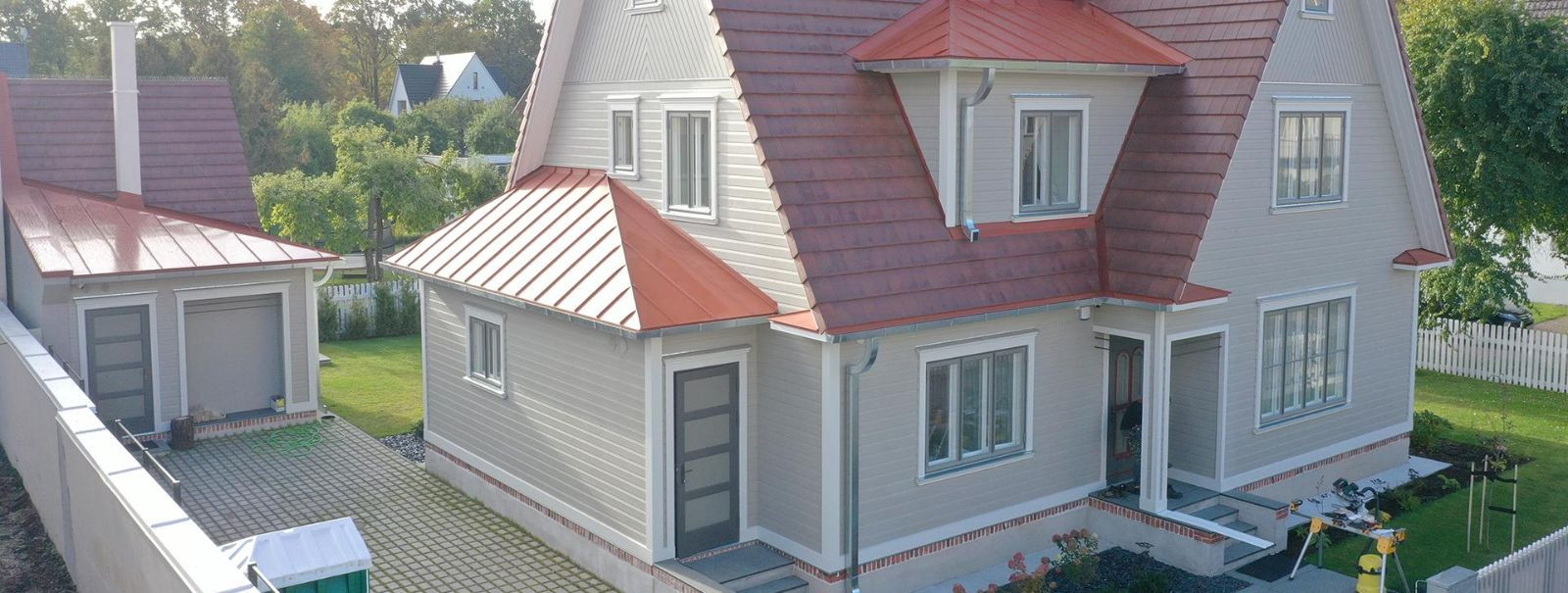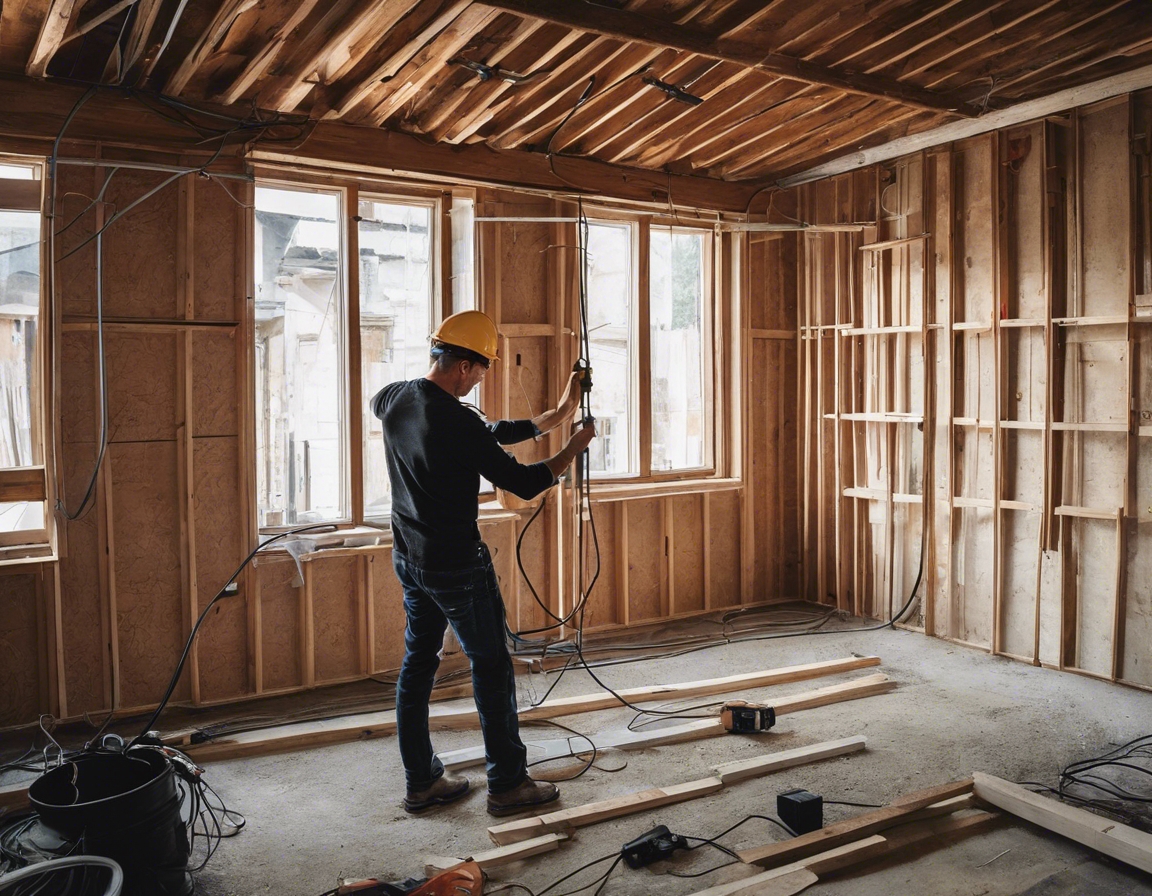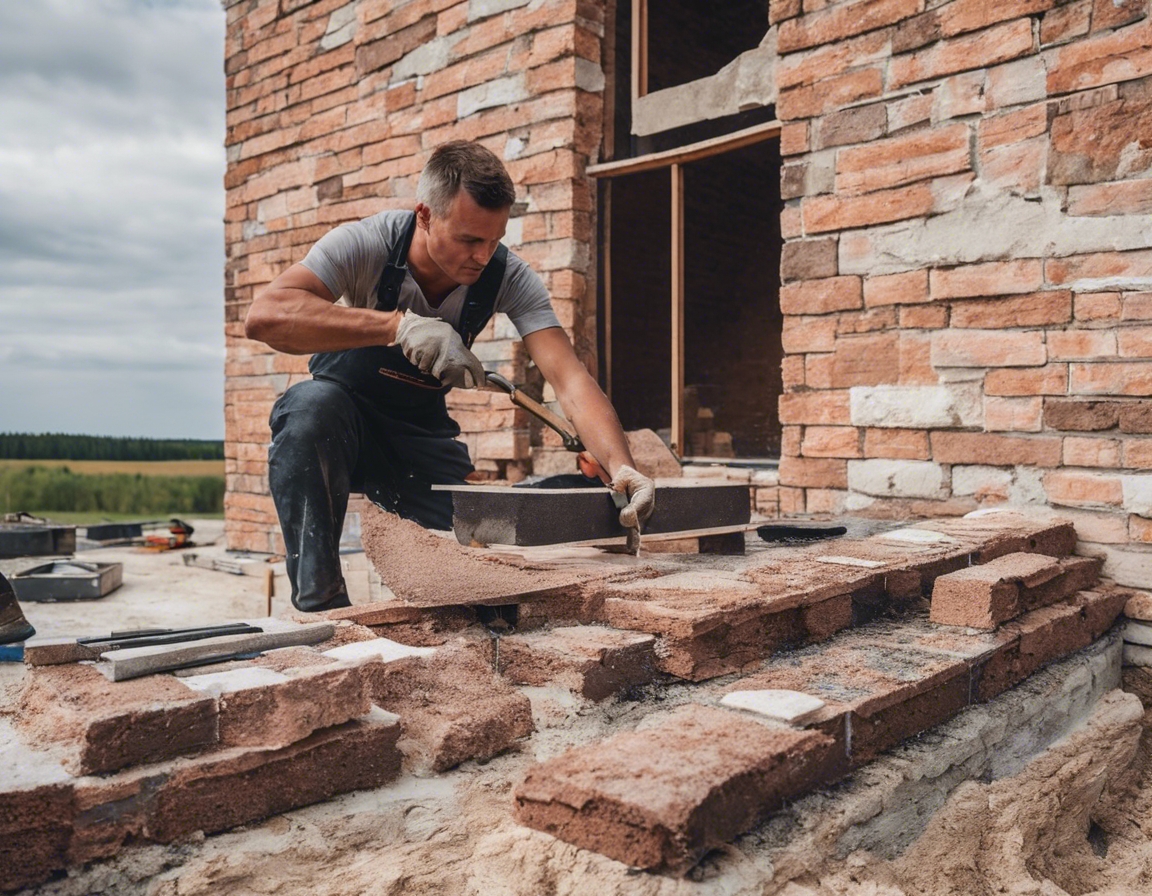5 trends shaping the future of construction in estonia
The construction industry in Estonia is at a pivotal juncture, with innovative trends shaping its future. As a nation known for its digital society and environmental consciousness, Estonia's construction sector is reflecting these values through its adoption of new technologies and sustainable practices. In this blog post, we will explore five key trends that are influencing the direction of construction in Estonia, offering insights for homeowners, real estate developers, and commercial clients.
1. Sustainable Building Practices
With a growing emphasis on environmental responsibility, the use of eco-friendly materials and technologies in construction is becoming a standard in Estonia. Materials such as green concrete, recycled steel, and sustainable timber are not only better for the environment but also offer long-term cost savings and durability.
Energy efficiency is a major focus, with the Passive House standard gaining traction. This approach to building design minimizes energy consumption while maximizing comfort, resulting in homes and buildings that are both environmentally friendly and economical to maintain.
2. Digitalization and Construction Technology
Building Information Modeling (BIM) is revolutionizing the construction industry by enabling more accurate planning, design, and management of buildings. BIM facilitates better collaboration among stakeholders and can lead to significant reductions in time and cost overruns.
Smart construction solutions, including the use of drones, AI, and IoT devices, are improving efficiency and safety on construction sites. These technologies allow for real-time monitoring and data analysis, ensuring projects are completed to the highest standards.
3. Modular and Prefabricated Construction
Modular and prefabricated construction methods are gaining popularity in Estonia due to their ability to reduce construction time and waste. These methods also offer flexibility in design and can be more cost-effective than traditional construction.
The adoption of modular and prefabricated construction is on the rise in Estonia, with several projects showcasing the potential of these methods to deliver high-quality, sustainable, and efficient building solutions.
4. Urbanization and Smart City Development
As Estonia's urban centers grow, so does the demand for construction. This urbanization is driving the need for innovative construction solutions that can accommodate the increasing population while maintaining sustainability and quality of life.
The development of smart cities in Estonia is influencing construction by integrating smart technologies into the built environment. These technologies enhance the functionality and efficiency of urban spaces, contributing to Estonia's reputation as a forward-thinking nation.
5. Skilled Labor and Workforce Development
The construction industry faces challenges in attracting and retaining skilled labor. However, this also presents opportunities for workforce development and the introduction of new training programs to equip workers with the necessary skills for modern construction techniques.
Estonia is investing in training and education initiatives to ensure that its construction workforce is skilled in the latest technologies and sustainable practices. These efforts are crucial for the industry's long-term growth and competitiveness.






Comments (0)